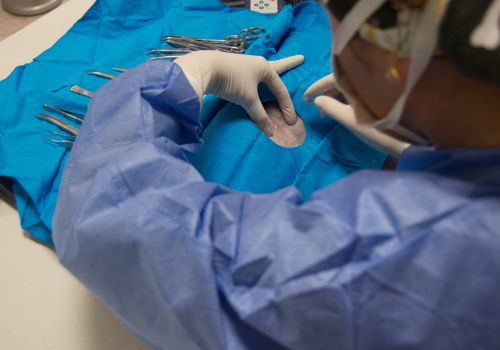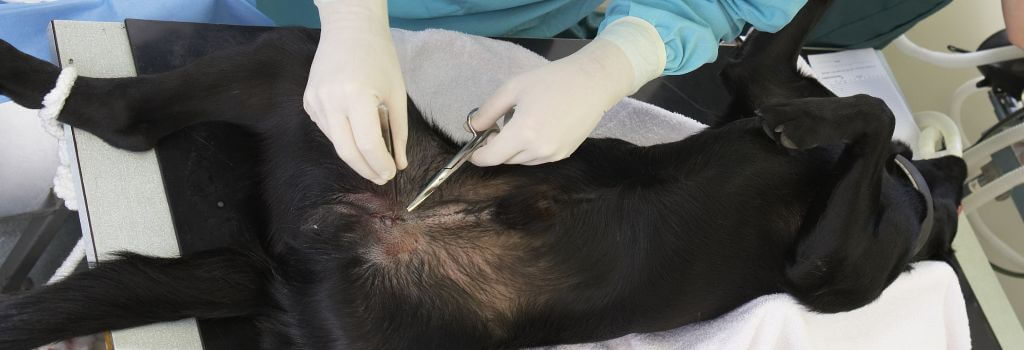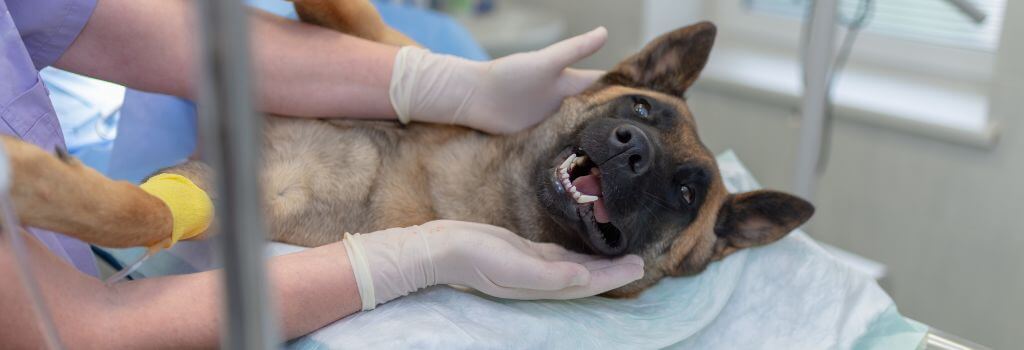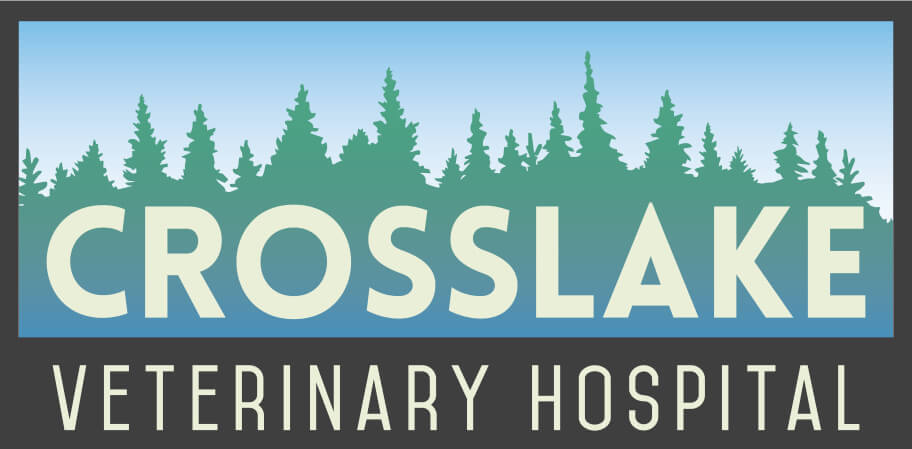At Crosslake Veterinary Hospital, we understand the importance of providing high-quality care and service to both pets and their owners. That’s why we strive to provide comprehensive information about spaying and neutering to ensure that pet owners have all the details needed to make informed decisions about their dog's reproductive health. In this article, we’ll discuss the differences between spaying and neutering, the associated health benefits, the ideal timing for the procedures, and recovery tips. If you are located near [pratice:city], MN, and would like to learn more about having your furry friend spayed or neutered, don’t hesitate to give us a call at (218) 692-4400.
What is the Difference Between Dog Spaying and Neutering?
Spaying refers to the surgical removal of a female dog’s uterus and ovaries, while neutering refers to the surgical removal of a male dog’s testicles. Veterinarians perform both procedures while the pet is under anesthesia to ensure their safety and comfort.

How Does Spaying or Neutering Impact My Dog's Health and Well-Being?
Spaying or neutering can offer numerous health and behavioral benefits for your dog. These procedures not only help reduce pet overpopulation, but they can also extend your pet's life by lowering the risk of certain cancers and decreasing mating-related behaviors, such as roaming, howling, and urine marking. Spaying reduces the risk of mammary tumors and cancer in females, while neutering eliminates the risk of testicular cancer in male companion animals. Pet owners should be mindful of potential risks associated with spaying or neutering, such as joint disorders and obesity. However, the benefits of the procedure significantly outweigh these risks.
When Should I Bring My Dog in to Get Spayed or Neutered?
We recommend scheduling a visit as soon as possible so we can determine the optimal timing for your dog's procedure. Generally, puppies should be spayed or neutered around six months of age, but there are exceptions. That’s why it’s important to consult with your veterinarian about the best timing for your pet.
What Health Conditions Can Be Addressed by Spaying or Neutering My Dog?
Spaying or neutering a pet can help to reduce or eliminate several health conditions, including reproductive cancers and diseases, pyometra (a potentially fatal uterine infection). Spayed or neutered pets are also less prone to endocrine disorders, such as diabetes and Cushing's disease.
How Will Spaying or Neutering Affect My Dog in the Future?
Spaying or neutering a pet offers numerous long-term benefits for your pet’s health and behavior. In addition to reducing the risk of certain cancers and diseases, spaying or neutering can reduce aggression and other unwanted behaviors, such as roaming and fighting. Spaying or neutering can also lead to an overall longer lifespan for your pet.

What Will My Veterinarian Need to Know About My Dog Before Spaying or Neutering?
Before the procedure, your veterinarian will conduct a thorough examination of your dog, including a physical exam and routine blood tests. Depending on your pet's specific needs, additional tests may be required. It's essential for the veterinarian to know your dog's age, breed, health history, and organ function to ensure the procedure is safe for you pet.
What is the Recovery Time for My Dog After Spaying or Neutering?
The recovery time varies based on your dog's age and size, but most pets can go home the same day of the procedure. Once home, it's important to monitor your dog for signs of infection or pain, such as excessive licking or swelling at the surgical site.

How Can I Help My Dog Recover at Home After Spaying or Neutering?
Ensure your dog has a quiet, comfortable place to recover and limit their activity to prevent swelling or strain on the incision site. Avoid running, jumping, or rough play until your dog has fully healed. Keep the incision area dry and check it twice daily. It is recommended to use an Elizabethan collar (E-collar) to prevent licking or chewing at the incision. Also, monitor for signs of complications, such as:
- Swelling
- Discharge or bleeding from the incision site
- Lethargy
- Loss of appetite
- Vomiting
- Diarrhea
If any of these symptoms occur, call your veterinarian immediately.
Conclusion
Spaying or neutering a pet provides numerous health and behavioral benefits. However, it is essential to consult with a veterinarian to determine the best option for your dog's breed and specific situation. At Crosslake Veterinary Hospital, we believe that every pet deserves the highest quality care and attention. With our experienced staff and tailored approach to anesthesia and patient care protocols, we offer comprehensive services that prioritize the safety and well-being of your beloved pet. Contact us today at (218) 692-4400 or [email protected] to book an appointment or learn more about our spaying or neutering services.

